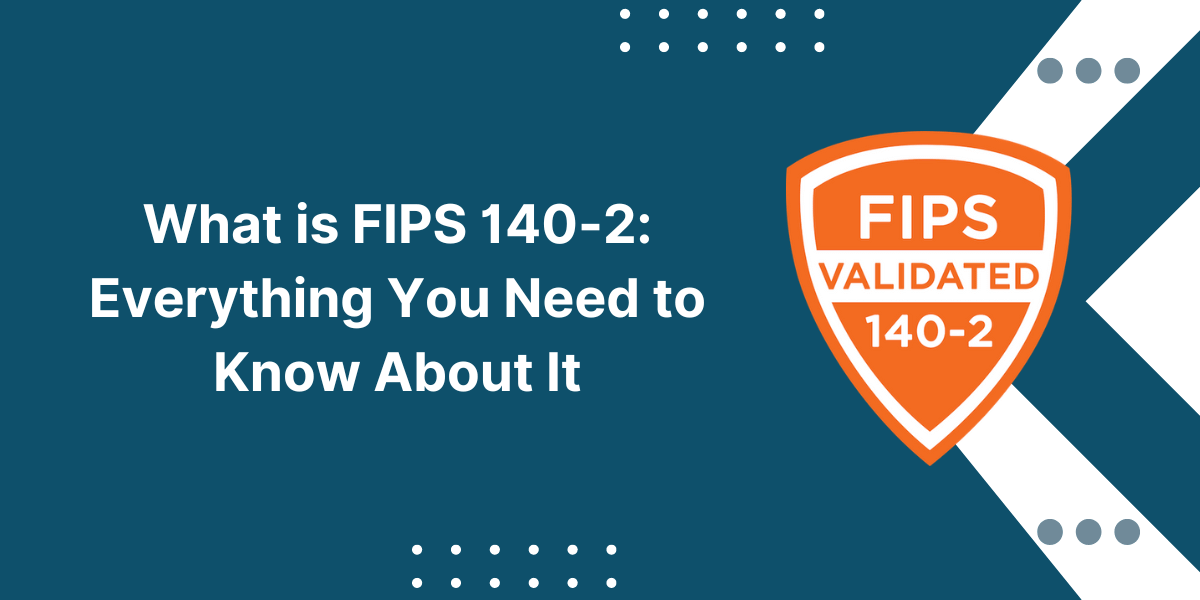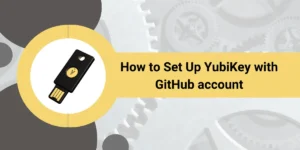What is the KMODE_EXCEPTION_NOT_HANDLED Error?
The kmode exception not handled is a Windows BSOD (Blue Screen of Death) error caused when a kernel-mode process crashes. This stop code often appears in Windows 10 and Windows 11 due to:
- Faulty or outdated drivers (kmode_exception_not_handled ntoskrnl.exe)
- Hardware incompatibility (stop code kmode exception not handled)
- Corrupt system files (kmode exception not handled boot loop)
Common Causes of KMODE_EXCEPTION_NOT_HANDLED
- Driver Issues: The kmode_exception_not_handled Windows 10/11 error often occurs after a driver update.
- Faulty RAM/Storage: Hardware problems can trigger the BSOD kmode exception not handled.
- Overclocking: Unstable CPU/GPU settings may lead to k mode exception not handled.
- Malware: Rarely, viruses can cause Windows stop code kmode exception not handled.
15 Easy Steps to Fix KMODE Exception Not Handled Error in Windows
Here are the detailed steps to troubleshoot and resolve the KMODE Exception Not Handled BSOD:
- Update or Roll Back Drivers
- Check for Corrupt System Files
- Install Windows Updates
- Clean Boot Windows
- Scan for Malware
- Run Windows Memory Diagnostic
- Update BIOS, Chipset & Hardware Drivers
- Check Hard Disk for Errors
- Repair Windows Registry
- Run Startup Repair
- Perform a Repair Install
- Update or Rollback Graphics Drivers
- Test and Replace Faulty Hardware
- Clean Install Windows
- Disable Overclocking (If Applicable)
Step #1. Update or Roll Back Drivers
Since kmode exception not handled Windows 10 fix often involves drivers:
- Press Win + X → Device Manager.
- Check for yellow warnings (problematic drivers).
- Right-click → Update driver or Roll back driver if the issue started after an update.
Step #2. Check for Corrupt System Files
For kmode_exception_not_handled ntoskrnl.exe errors:
- Open Command Prompt (Admin).
- Run:
sfc /scannow
dism /online /cleanup-image /restorehealth
Step #3. Install Windows Updates
Installing the latest Windows updates is essential to get bug fixes and updated drivers/files.
- Go to Settings > Update & Security
- Click on the Check for Updates button
- Install all Important/Recommended updates
- Include optional updates as well for hardware and drivers
Restart your PC after installing updates. Updates often resolve kernel and driver conflicts causing KMODE errors.
Step #4. Clean Boot Windows
A stop code kmode_exception_not_handled may be caused by conflicting software:
- Type msconfig → Selective Startup.
- Disable all startup items and non-Microsoft services.
If the error doesn’t occur during a clean boot, it indicates conflicts from 3rd party services/software. Please enable them to find the problematic program selectively.
Step #5. Scan for Malware
Malware and viruses can sometimes trigger this error. Scan your system using Windows Defender:
- Type “Windows Security” in the taskbar search to open it
- Go to Virus & Threat Protection and click Scan options
- Run a Full scan of all files and drives
- Remove any threats or infections detected after the scan
- Reboot your PC after the scan completes
Step #6. Run Windows Memory Diagnostic
If the kmode exception not handled error persists:
- Type Windows Memory Diagnostic in the Start menu.
- Run the test to check for RAM issues.
You can also remove and reseat RAM modules to fix connection issues. To isolate errors, test each module individually in different slots.
Step #7. Update BIOS, Chipset & Hardware Drivers
An outdated BIOS and incompatible chipset drivers can trigger this error. Update them:
- Find your laptop/motherboard model and visit the manufacturer’s website
- Search for the latest BIOS update and install it
- Also, download the latest chipset driver installer for your system
- Use a program like Driver Booster to update all other hardware drivers
- Update drivers for graphics card, storage controllers, etc
- After updates complete, reboot and check if BSOD is resolved
Step #8. Check Hard Disk for Errors
A failing or corrupted hard drive can also cause the KMODE error. Check disk health using CHKDSK:
- Open the command prompt as administrator
- Type “chkdsk C: /f /r /x” and press Enter
- Replace C: with the drive letter of the Windows system drive if different
- This scans drive C: and fixes errors found
- If errors are reported, consider replacing the faulty hard drive
Step #9. Repair Windows Registry
Corruption in the Windows registry can result in system instability and BSOD errors. Repair the registry using these steps:
- Download the CCleaner utility and install it
- Open CCleaner and go to the Registry section
- Click on Scan for Issues. Let the scan complete
- After scan, click on Fix Selected Issues to repair all problems found
- Restart the PC. This resolves registry errors that can cause KMODE exception
Alternatively, use the in-built System Restore utility to restore the registry from a recent restore point.
Step #10. Run Startup Repair
Startup Repair scans and restores critical Windows system files that may be damaged.
- Access the Windows Recovery Environment by booting from the installation media
- Click on Repair your computer, located at the bottom left corner
- Select Troubleshoot > Advanced options > Startup Repair
- The repair utility will now automatically diagnose and fix startup issues
Step #11. Perform a Repair Install
A repair install involves reinstalling Windows while retaining your apps and data. This can fix system files and driver issues.
- Boot from install media and access the Recovery Environment
- Click on Repair your computer > Troubleshoot > Reset this PC
- Select Keep my files to retain personal data
- Follow the prompts to reinstall Windows system files, drivers, etc., without deleting apps and user files
- This will fix damaged Windows system files, registry issues, and driver conflicts causing the error
Step #12. Update or Rollback Graphics Drivers
Display and graphics driver issues can also sometimes trigger this error. To rule this out:
- Open Device Manager > Display adapters and right-click on the graphics driver
- Select Update driver and install the latest driver for your graphics card
- If the problem persists, rollback to the previously installed driver version
- To rollback, again right-click on the graphics driver > Properties > Driver tab
- Select the Roll Back Driver option and confirm
Step #13. Test and Replace Faulty Hardware
If the preceding steps don’t resolve the issue, faulty hardware could be the cause. Test components like:
RAM
As mentioned previously, run the Windows Memory Diagnostic tool to check your system memory for errors. If errors are found, replace the faulty RAM stick with a new one.
Hard Disk
Scan the disk for errors using CHKDSK. Also, check disk health using the S.M.A.R.T. utility. Replace it if your hard drive has bad sectors or is failing.
CPU
Faulty CPUs can cause freezes, crashes, and BSOD errors. Use system diagnostics or utilities like Prime95 to stress test your processor. If crashes persist, the CPU needs replacement.
PSU, Motherboard issues
Use multimeter readings and system diagnostics to isolate issues with the PSU and motherboard components. If a faulty component is diagnosed, replace it.
Testing hardware will help identify and resolve hardware faults leading to the error.
Step #14. Clean Install Windows
If you have tried all other solutions, perform a clean install of Windows as a last resort:
- Backup your data, photos, and files separately
- Boot from the Windows installation media
- Choose custom install and select Drive options > Delete
- Delete all partitions to perform a complete clean install
- This will format the drive and do a fresh Windows installation
- Install drivers and restore applications/data after installing Windows
The clean install erases any software issues and fixes damaged system files.
Step #15 Disable Overclocking (If Applicable)
If you see kmode exception not handled BSOD after overclocking:
- Reset BIOS/UEFI settings to default.
Advanced Fixes for Persistent Errors
- Check Minidump Files: Analyze crash logs for the exact cause of kmode exception not handled.
- Reinstall Windows: If all else fails, a clean install may resolve Windows 11 kmode exception not handled.
Final Thoughts
The KMODE Exception Not Handled is a critical error caused by the Windows kernel encountering problems and should not be ignored. This error usually indicates issues with hardware drivers, system files, RAM, hard disks, or the Windows registry.
Carefully go through the troubleshooting steps outlined, such as scanning for malware, testing hardware, and repairing system files using Startup Repair and SFC. Update faulty drivers and the BIOS. If the error persists, consider resetting Windows or doing a clean install.
Identifying and resolving the specific hardware or software issue causing kernel instability will help fix the error. This will prevent future system crashes along with data loss.
Common KMODE Exception Error FAQs
Here are some frequently asked questions about the KMODE Exception Not Handled error:
Why does my PC show kmode exception not handled on startup?
A kmode exception not handled boot loop suggests a critical driver or hardware failure. Try Safe Mode or System Restore.
How do I troubleshoot the KMODE Exception BSOD error?
Disable problematic drivers, run SFC and DISM scans, install pending Windows updates, clean boot into safe mode, and scan for malware. Use diagnostic tools to check hardware like RAM, hard drive, and CPU for faults.
Can I fix the KMODE error without losing data?
Yes, solutions like repair installing Windows and using recovery tools like Startup Repair can fix software issues without deleting your files and data.
Is the KMODE Exception error a virus?
While malware and viruses can cause this error, it is not a virus itself. It is a Windows kernel error that occurs when low-level system components become unstable.
How do I prevent KMODE BSOD crashes?
Regularly update your drivers, Windows system, and BIOS to the latest versions. Don’t install faulty drivers. Use antivirus software. Also, avoid overclocking, and don’t modify the Windows registry unless you know what you are doing.
Can a hard disk error cause KMODE Exception BSOD?
Yes, a failing or damaged hard drive can lead to crashes and KMODE errors. Check disk health using CHKDSK and an S.M.A.R.T. utility and replace the hard drive if it has developed bad sectors.
Is the KMODE Exception error related to RAM?
Faulty or incompatible RAM often causes this error. Run the Windows Memory Diagnostic tool to check your RAM for errors. If errors are detected, replace the defective memory module.
Is kmode_exception_not_handled dangerous?
Yes, it can lead to data loss if unresolved. Always back up files after seeing the BSOD kmode exception not handled.
What does error 701 mean?
Error 701 is unrelated—kmode exception not handled is a kernel-level crash, while 701 typically relates to printer spooler issues.

Priya Mervana
 Verified Web Security Experts
Verified Web Security Experts
Priya Mervana is working at SSLInsights.com as a web security expert with over 10 years of experience writing about encryption, SSL certificates, and online privacy. She aims to make complex security topics easily understandable for everyday internet users.



